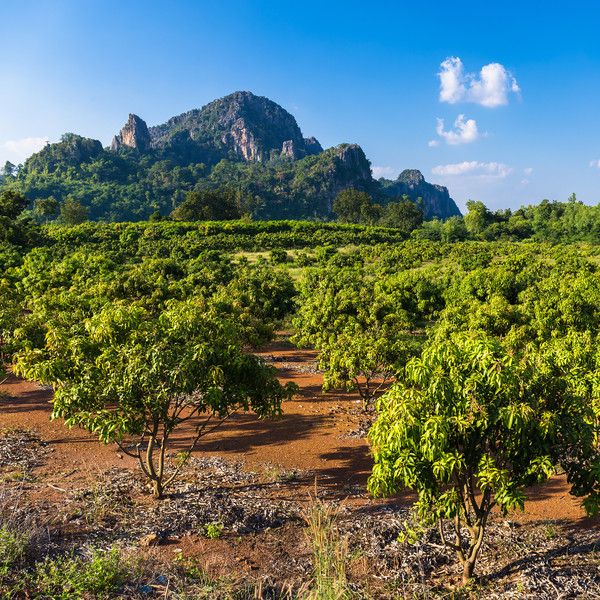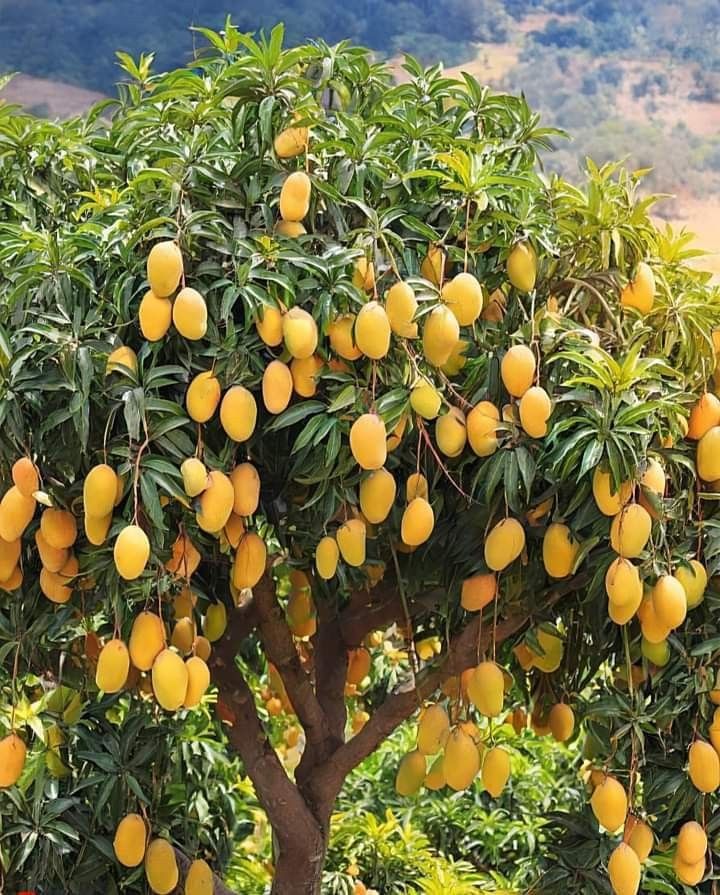
Mangoes — the “King of Fruits” — are more than just a seasonal delight in Pakistan. They represent a vital agricultural backbone, a cultural symbol, and a source of pride. Among all the mango varieties, Sindhri stands tall with its rich flavor, golden hue, and unmatched aroma. For farmers in Sindh, growing Sindhri mangoes is not just a practice — it’s a legacy.
This blog explores the agricultural journey of mango farming in Sindh, focusing on Sindhri mangoes, and how this fruit is shaping the local economy, traditions, and global recognition of Pakistan’s fruit exports.

1. The Legacy of Mango Farming in Sindh
Sindh, one of the oldest agricultural regions in South Asia, is home to some of the finest mango orchards. The climate — hot summers and moderate winters — combined with fertile alluvial soil, makes it ideal for mango cultivation. Among the various cultivars, Sindhri mangoes are considered the pride of the province. They are typically harvested in May and June, ahead of other varieties, giving them a head start in both local and export markets.
2. What Makes Sindhri Mangoes Special?
Sindhri mangoes are known for:
- Rich flavor: A perfect balance of sweetness and tang.
- Juicy pulp: Fiberless and smooth texture.
- Golden yellow color: Attractive and appetizing appearance.
- Larger size: Compared to other varieties, Sindhri mangoes are bigger and heavier.
- Shelf life: Longer than many other local mango types, making them ideal for export.
These qualities make Sindhri mangoes not only popular in Pakistan but also in international markets like the UAE, Saudi Arabia, the UK, and beyond.
3. The Agricultural Process: From Orchard to Market
Mango farming is a delicate art and a long-term investment. A Sindhri mango tree takes about 5–7 years to start bearing fruit. Here’s a step-by-step look at the agricultural cycle:
a) Soil Preparation
The journey begins with land preparation. Farmers ensure the soil has good drainage and is rich in organic matter. Sindh’s clay-loam soil is naturally suited for mango trees.
b) Planting
Grafting techniques are commonly used to ensure high-quality mango saplings. Saplings are planted with proper spacing (usually 10×10 meters) to allow full canopy growth.
c) Irrigation
Mango trees need moderate irrigation. Over-watering is harmful. In Sindh, traditional canal systems are often used, but drip irrigation is gaining popularity for water efficiency.
d) Pruning and Pest Control
Pruning is vital to maintain tree health and shape. Pest control — especially against mealybugs, fruit flies, and powdery mildew — is crucial. Farmers often rely on integrated pest management (IPM) practices to reduce chemical use.
e) Flowering and Fruiting
Flowering begins in late winter. The trees bloom with delicate white flowers that eventually turn into baby mangoes. Farmers must protect these fragile stages from wind and pests.
f) Harvesting
Sindhri mangoes are harvested by hand in early summer. Timing is critical — early picking results in underdeveloped fruit, while late picking can cause overripeness.

4. Challenges Faced by Mango Farmers
Despite its potential, mango farming faces many obstacles:
- Climate change: Rising temperatures and irregular rain patterns affect flowering and yields.
- Water scarcity: Sindh faces severe water distribution issues, impacting irrigation.
- Lack of cold storage: Post-harvest losses are high due to insufficient storage and transport facilities.
- Export hurdles: International standards require careful handling, certifications, and pest control, which can be challenging for small-scale farmers.
5. The Role of Technology and Innovation
Modern agriculture is changing the landscape for mango growers. Key advancements include:
- Use of drones for orchard surveillance.
- Mobile apps that offer weather alerts, market prices, and farming tips.
- Cold chain development to ensure freshness during exports.
- Organic farming practices to appeal to health-conscious consumers abroad.
Platforms like Zarihub play a crucial role by bridging the gap between traditional farming and modern agricultural knowledge. By connecting farmers with experts, tools, and market opportunities, Zarihub helps empower mango growers to improve productivity and income.
6. Sindhri Mangoes on the Global Stage
Pakistan is the 5th largest mango producer in the world. Sindhri mangoes are among the most demanded varieties in global markets due to their size, flavor, and quality. With the right branding and export infrastructure, Sindhri has the potential to become a global ambassador of Pakistani agriculture.
Events like Mango Festivals, both locally and internationally, are helping boost the visibility of Sindhri mangoes, allowing consumers around the world to experience the taste of Sindh.
Conclusion: Sweet Success for a Sweeter Future
Mango farming in Sindh is more than an economic activity — it’s a tradition rooted in care, patience, and pride. With better infrastructure, climate-smart agriculture, and platforms like Zarihub supporting farmers, the future of Sindhri mango farming looks promising.
As global demand grows for premium-quality fruits, Sindhri mangoes have the potential to lead Pakistan’s export portfolio and put the country on the map for agricultural excellence.




